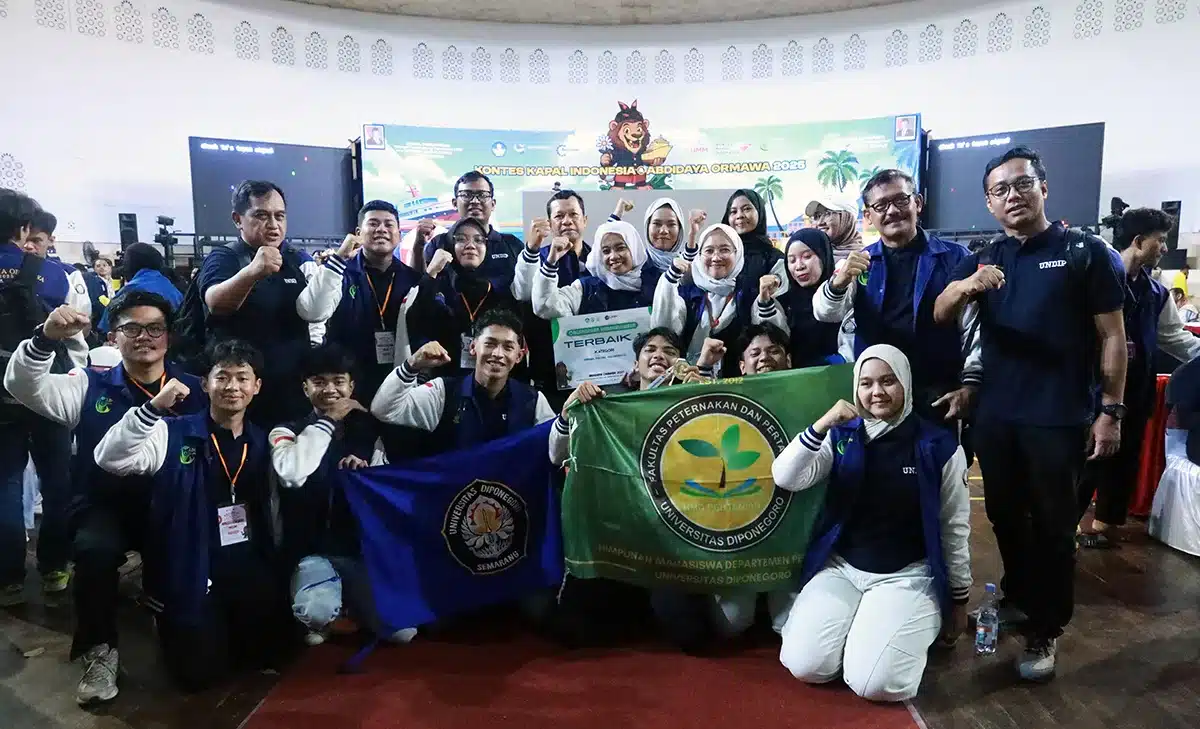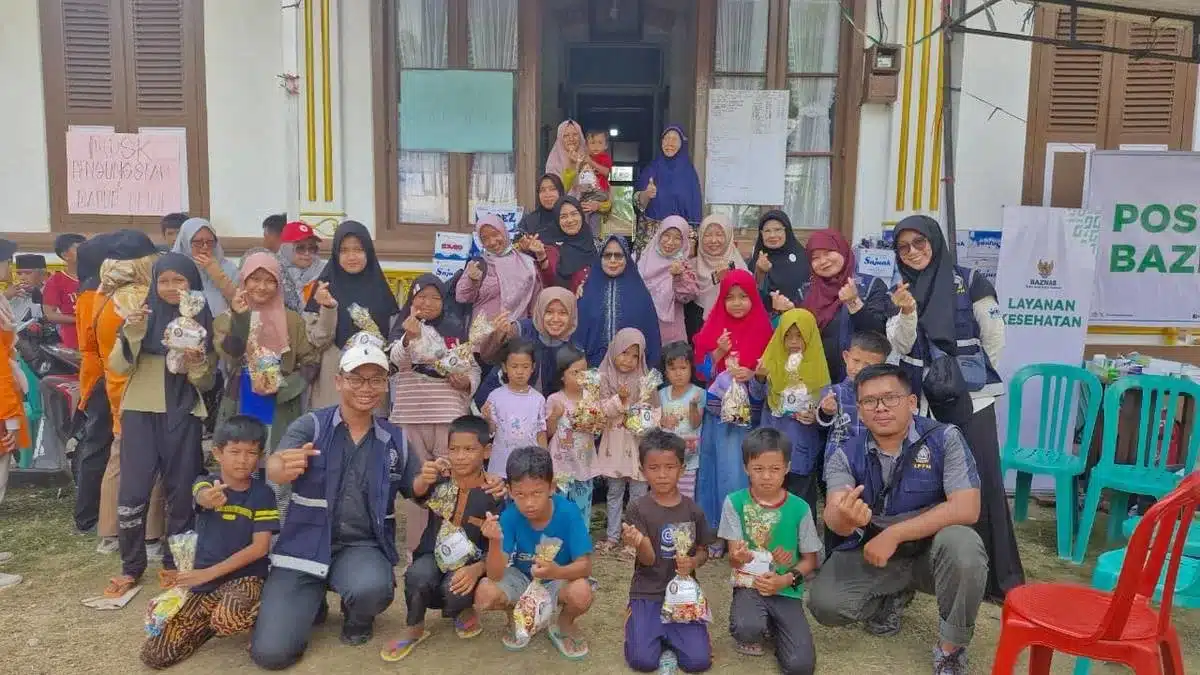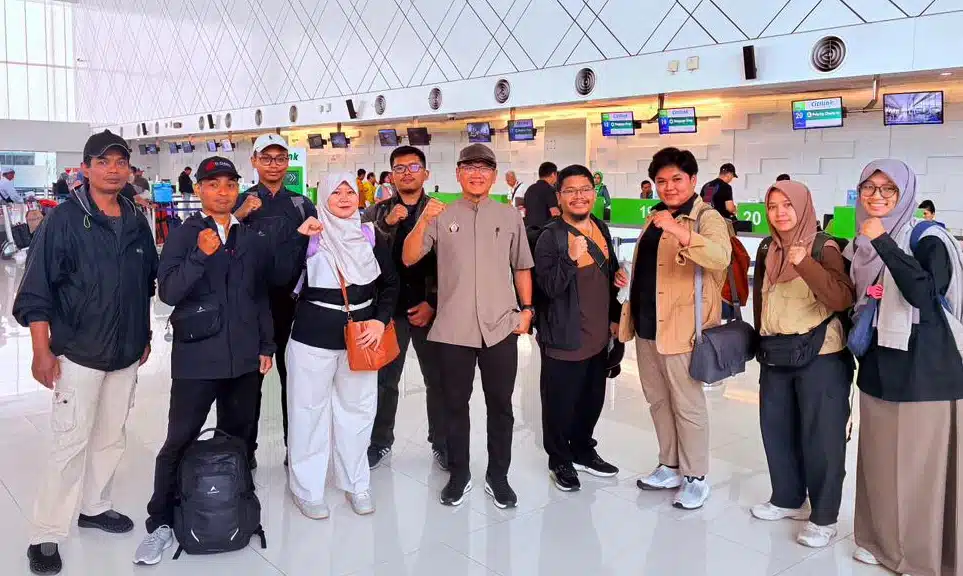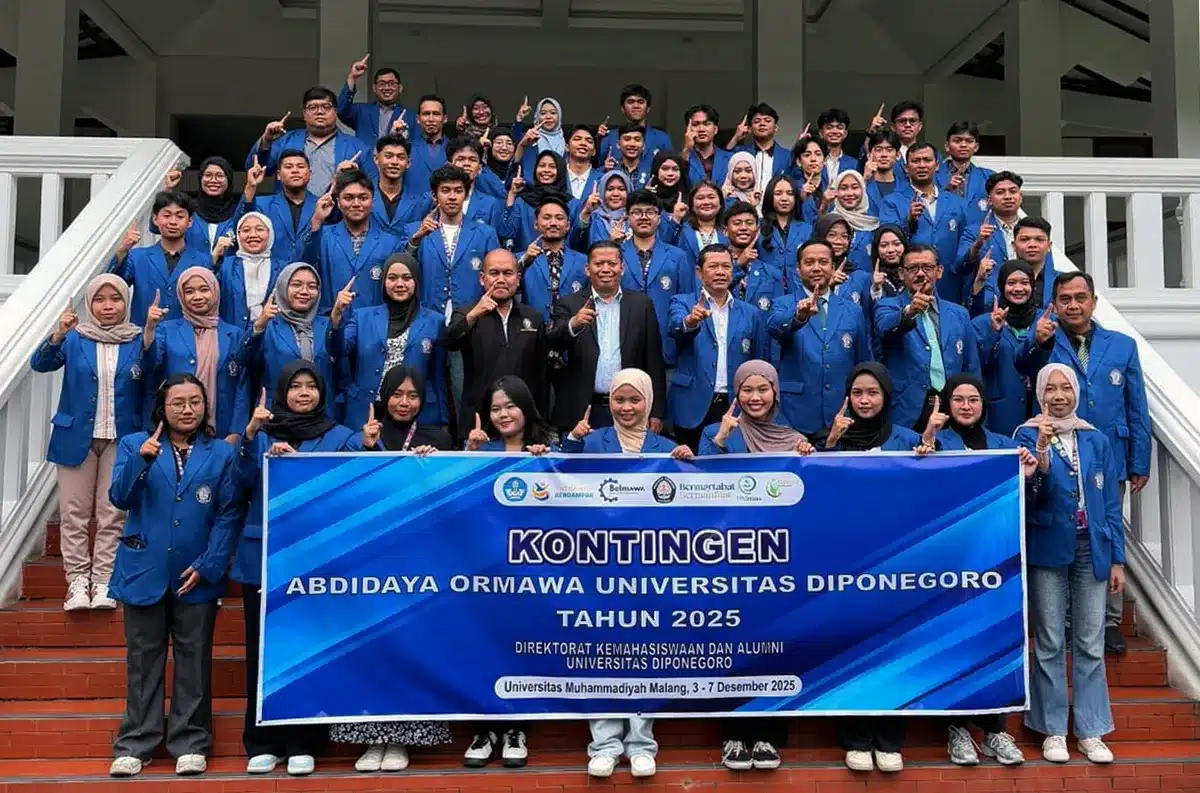Prof. Erma Prihastanti, a lecturer of Faculty of Science and Mathematics, Diponegoro University was officially inaugurated by the Undip Rector as a Professor on Friday (30/9) at the Prof Soedarto Building, SH Undip Tembalang campus.
In her scientific speech, she conveyed that climate change and the limited availability of water in several regions of the world, created a serious threat to the plantation industry, especially cocoa as a drought sensitive crop. In many cocoa-producing countries, this plant is cultivated in rainfed areas, but the inconsistency of rainfall patterns is the main obstacle. The cacao plant itself has a very shallow root system that allows it to only absorb water from the surface layer, therefore this plant is sensitive to drought.
Cocoa is one of the most important commodities in the world for both producing and consumer countries. In 2021, Indonesia will become one of the largest cocoa producing countries in the world. Data from the International Cocoa Organization (ICCO) in August 2021 showed the world’s cocoa production volume was 5,141 million tons, around 70% of all cocoa beans came from four countries on the African continent, while Indonesia contributed 4% or around 200 thousand tons of cocoa beans.
“The results of socio-economic research on cocoa production due to drought related to ENSO symptoms show a decline of 62% – 89%. Furthermore, the observation of the impact of drought for 6 months also showed a decrease in the weight of cocoa dry beans by 8%. However, if a long dry season is accompanied by strong winds, almost all of the leaves fall, the flush dries up, and many twigs die,” she said.
Furthermore, Prof. Erma explained drought had a tremendous impact on plants such as growth inhibition as well as inducing changes in plant metabolism and physiology. Most drought tolerant plants, including some genotypes of cocoa, often use adaptation methods in response to drought stress. The way of plant adaptation is shown in changes in morphology and leaf anatomy such as changes in size, thickness of the cuticle, number of trichomes and stomata, palisade tissue, thickness of spongy parenchyma and more developed xylem vessel tissue.
“Genotype selection based on biochemical parameters such as soluble carbohydrate compounds, proline and nitrate reductase can also help in developing drought tolerant hybrids that can be used in further breeding programs. Selection of drought tolerant cocoa seedlings had physiological characteristics such as accumulation of proline, high catalase and NR-ase activity. These methods can be used to identify drought tolerant genotypes or species that guarantee sustainable yield levels under drought conditions,” she conveyed.
“To mitigate climate change in cocoa plants, it is necessary to improve plant maintenance, especially the provision of mycorrhizae, use of drought-resistant varieties, manufacture of rorak, manufacture of water reservoirs, organic fertilizers, soil enhancers, proper fertilization, cover crops, shade, pruning,” concluded Prof. Erma. (Lin – Public Relations)










